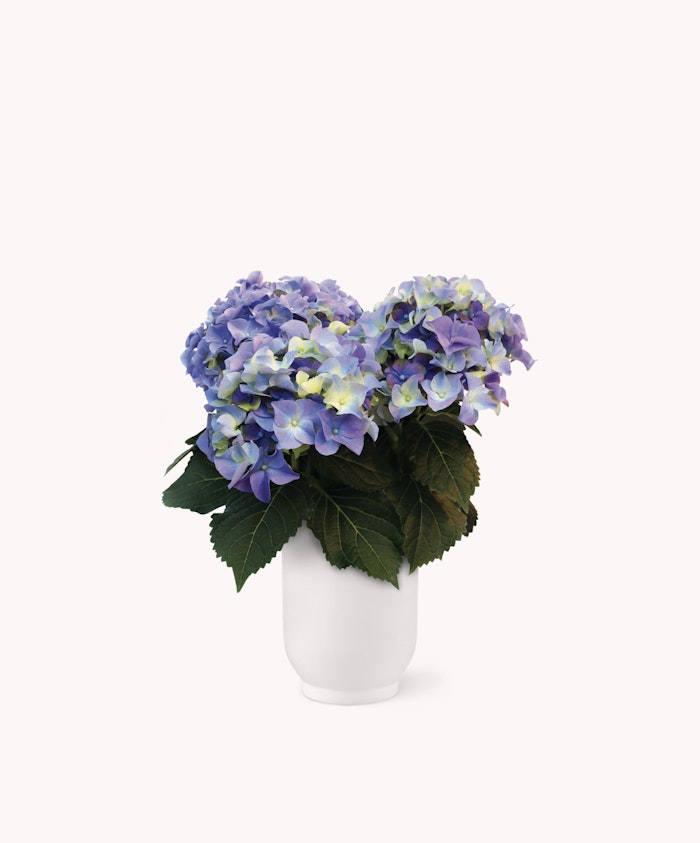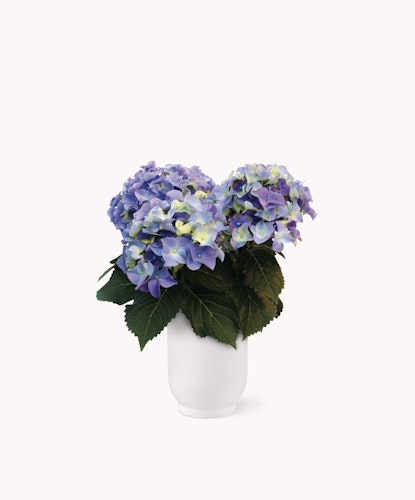Note: To best care for these blooms, place them outdoors within 21 days.
1. Watering properly.
Hydrangeas prefer consistently moist (but not soggy) soil. Water at the base of the plant when the soil is dry.
2. Light.
Most hydrangeas thrive in morning sun and afternoon shade. In cooler climates, hydrangeas may benefit from more sun.
3. Blooming.
Hydrangeas need cold and dormancy to be able to complete their cycle. Plant your hydrangea in a sheltered location after bloom or as soon as possible in the spring.
1. Watering properly.
Hydrangeas prefer consistently moist (but not soggy) soil. Water at the base of the plant when the soil is dry.
2. Light.
Most hydrangeas thrive in morning sun and afternoon shade. In cooler climates, hydrangeas may benefit from more sun.
3. Blooming.
Hydrangeas need cold and dormancy to be able to complete their cycle. Plant your hydrangea in a sheltered location after bloom or as soon as possible in the spring.
Note: To best care for these blooms, place them outdoors within 21 days.
1. Watering properly.
Hydrangeas prefer consistently moist (but not soggy) soil. Water at the base of the plant when the soil is dry.
2. Light.
Most hydrangeas thrive in morning sun and afternoon shade. In cooler climates, hydrangeas may benefit from more sun.
3. Blooming.
Hydrangeas need cold and dormancy to be able to complete their cycle. Plant your hydrangea in a sheltered location after bloom or as soon as possible in the spring.
1. Watering properly.
Hydrangeas prefer consistently moist (but not soggy) soil. Water at the base of the plant when the soil is dry.
2. Light.
Most hydrangeas thrive in morning sun and afternoon shade. In cooler climates, hydrangeas may benefit from more sun.
3. Blooming.
Hydrangeas need cold and dormancy to be able to complete their cycle. Plant your hydrangea in a sheltered location after bloom or as soon as possible in the spring.

